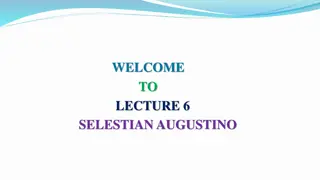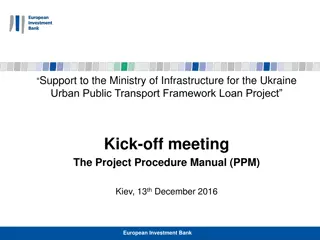Understanding Project Based Learning in Education
Project Based Learning (PBL) is a teaching approach where students investigate and respond to real-world questions or challenges over an extended period. Key elements include sustained inquiry, authenticity, student voice and choice, reflection, critique, revision, public product, and academic achievement. PBL has been shown to enhance student learning and promote 21st-century competencies. The approach fosters deeper understanding and retention of subject matter, benefiting students from diverse backgrounds. It differs from traditional project work in its focus on authentic, complex problems and student-centered learning.
Download Presentation

Please find below an Image/Link to download the presentation.
The content on the website is provided AS IS for your information and personal use only. It may not be sold, licensed, or shared on other websites without obtaining consent from the author. Download presentation by click this link. If you encounter any issues during the download, it is possible that the publisher has removed the file from their server.
E N D
Presentation Transcript
PROJECT BASED LEARNING at Middlebury Academic Roundtable November 12, 2019
Project Based Learning is a teaching method in which students gain knowledge and skills by working for an extended period of time to investigate and respond to an authentic, engaging, and complex question, problem, or challenge. What is Project Based Learning And how is it different than what we might already know and do? https://www.pblworks.org/what-is-pbl Buck Institute for Education
Gold Standard PBL: Essential Project Design Elements
A Challenging Problem or Question Sustained Inquiry Authenticity The project is framed by a meaningful problem to be solved or a question to answer, at the appropriate level of challenge The project involves real-world context, tasks and tools, quality standards, or impact, or the project speaks to personal concerns, interests, and issues in the students lives. Students engage in a rigorous, extended process of posing questions, finding resources, and applying information. Student Voice & Choice Reflection Critique & Revision Students make some decisions about the project, including how they work and what they create. Students and teachers reflect on the learning, the effectiveness of their inquiry and project activities, the quality of student work, and obstacles that arise and strategies for overcoming them. Students give, receive, and apply feedback to improve their process and products. Public Product Students make their project work public by explaining, displaying and/or beyond the classroom presenting it to audiences
PBL Project Design Rubric (Buck Institute for Education 2019)
The West Virginia Department of Educationnotes the differences between doing projects and Project Based Learning in this light:
Academic Achievement: Equity: Students learning through PBL retain content longer and have a deeper understanding of what they are learning. (Penuel & Means, 2000; Stepien, Gallagher & Workman, 1993) Partial Research Summary on PBL regarding: Project-based learning (PBL) has been demonstrated to be equally effective and ,in some studies, more effective at increasing student learning with underrepresented minority students as it is with White and Asian students. (Laursen et al., 2011; Corkin, Horn, & Pattison, 2017) (Han, Capraro,& Capraro, 2015; Mehalik, Doppelt, & Schuun,2008) 21st century competencies: Research has shown: Students demonstrate better problem-solving skills in PBL than in more traditional classes and are able to apply what they learn to real-life situations. (Finkelstein et al., 2010) PBL has been found to be more appealing to underrepresented minority students than traditional lecture-based courses, which can increase student engagement. (Dierker et al.,2015), PBL students also show improved critical thinking. (Beckett & Miller, 2006; Horan, Lavaroni, & Beldon, 1996; Mergendoller, Maxwell, & Bellisimo,2006; Tretten & Zachariou, 1995) 21st Century Competencies Long Term Lifelong Outcomes: Through PBL experiences, students improve their ability to work collaboratively and resolve conflicts. (Beckett & Miller; ChanLin, 2008) An extensive study of more than 2,500 Worcester Polytechnic Institute (WPI) alumni has confirmed that there are lifelong professional and personal benefits of experiential, hands-on learning through project work. (Heinricher, A. C., & Quinn, P., & Vaz, R. F., & Rissmiller, K. J.,2013) Equity Opportunities for collaborative learning provide benefits to students across grade levels, academic subjects, and achievement levels. (Johnson & Johnson, 2009; Slavin, 1996) Long term outcomes
Of the more than 2,500 alumni across a span of 38 years who responded to this 2012 survey on the impact of their off- campus project experiences: WPI Long Term, Lifelong Outcomes: The survey also revealed that alumni who completed a project off-campus at one of their domestic or international project centers reported more positive impact than alumni who did not. This was true in almost all areas, with notable differences in interpersonal and communication skills, world views, and personal impacts. (Heinricher, A. C., & Quinn, P., & Vaz, R. F., & Rissmiller, K. J. (2013, June), Long-term Impacts of Project-Based Learning in Science and Engineering Paper presented at 2013 ASEE Annual Conference & Exposition, Atlanta, Georgia. https://peer.asee.org/19888)
QUESTIONS: PBL Activity 1. WHAT DID YOUR USE OF THIS ELEMENT LOOK LIKE IN YOUR TEACHING? 1. WHAT MADE IT WORK WELL? ROUND I 1. WHAT QUESTIONS MIGHT YOU STILL HAVE ABOUT IT?
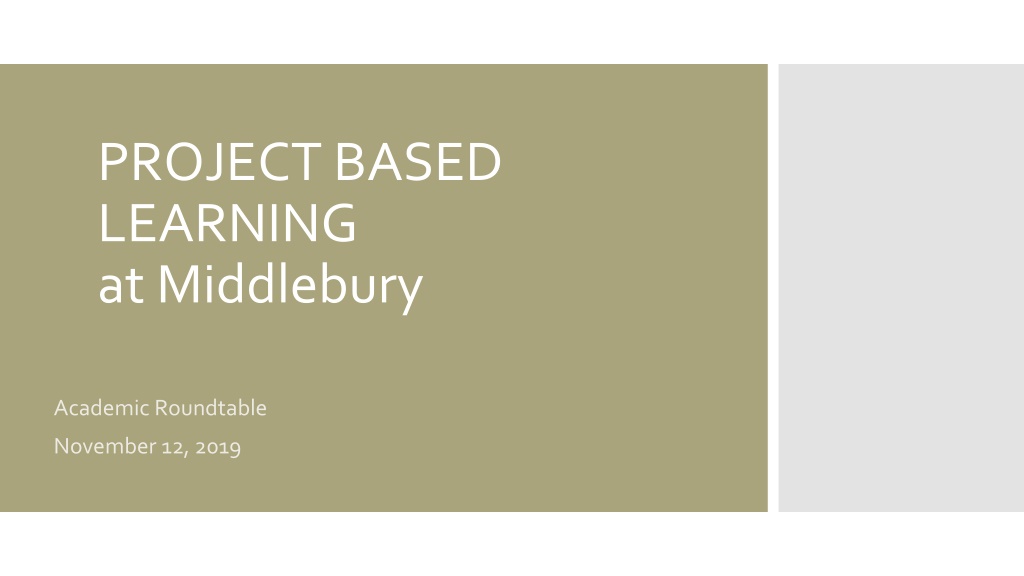


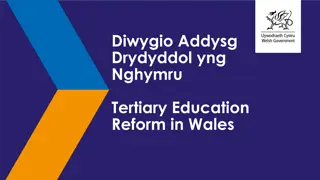
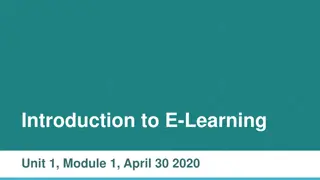
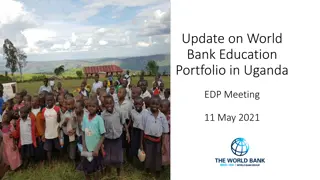
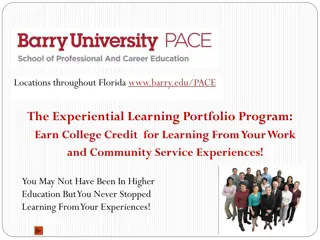
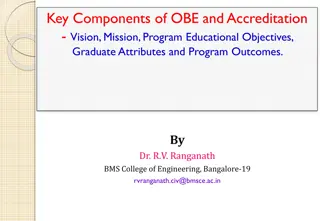
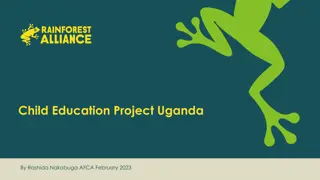

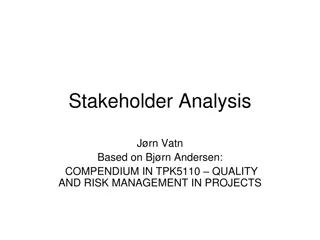
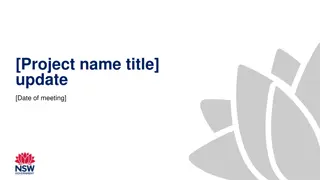
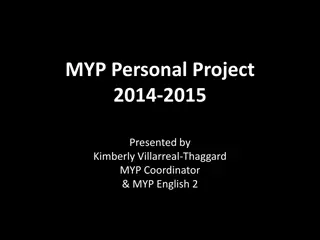

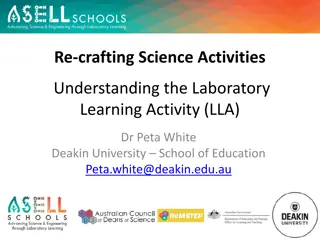
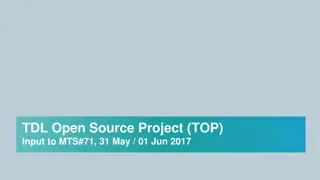
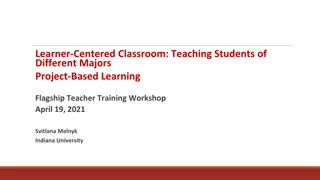
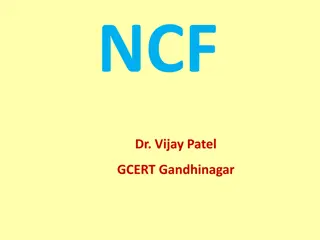
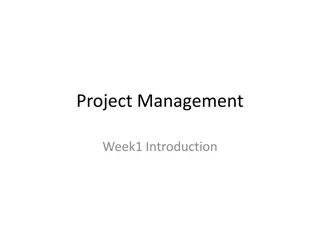
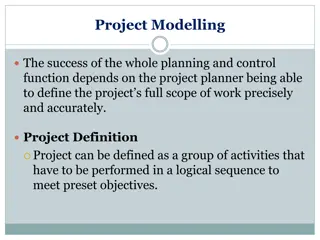
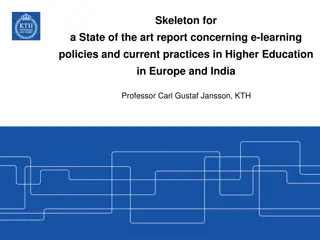
![Project Initiation Document for [Insert.Project.name] [Insert.Project.number]](/thumb/226757/project-initiation-document-for-insert-project-name-insert-project-number.jpg)
